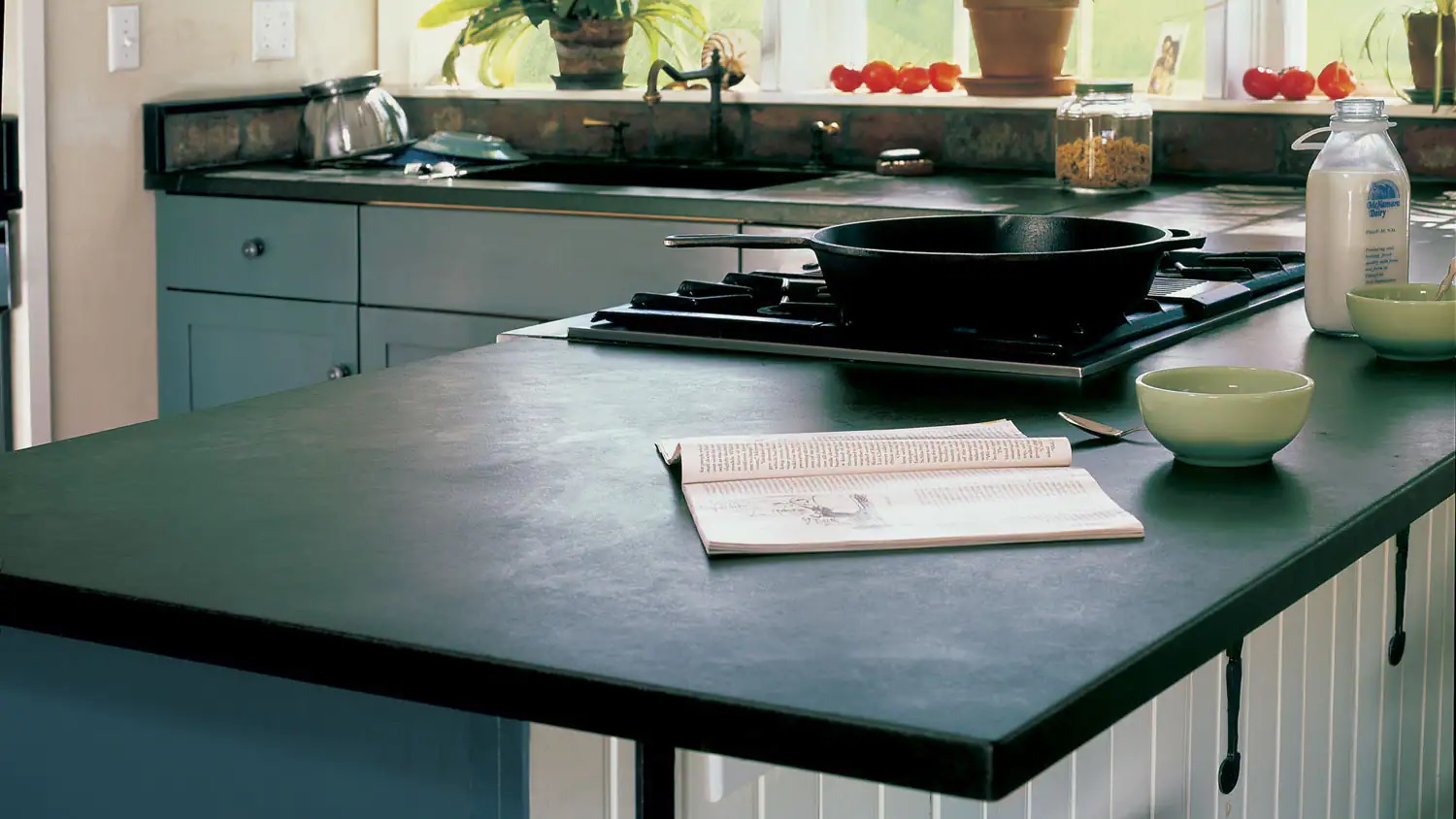How Soapstone Differs From All Other Types of Stone
Soapstone is a type of metamorphic rock. It is made mainly of talc but contains various minerals such as chlorite, magnesium, tremolite, quartz, and iron.
It is usually formed at convergent plate boundaries where broad areas of the Earth’s crust are subjected to direct pressure and heat. Soapstone can also develop where hot, chemically active fluids alter siliceous dolostones through metasomatism.
It’s Non-Porous
Soapstone is a metamorphic rock formed over time by heat and pressure. It’s composed mainly of talc but can contain other minerals.
The stone is non-porous and nearly impervious to staining, so it’s perfect for countertops. It’s also anti-microbial and won’t absorb liquids or harbor bacteria.
It’s also incredibly heat-resistant to make pizza stones and cookware. Soapstone is also used as masonry and fireplace liners because it absorbs and radiates heat evenly for hours.
For centuries, people have used soapstone as cooking pots and bowls, hearth liners, and cooking slabs. In arctic climates, small soapstone blocks were often tucked into bedding to keep cold hands and feet warm.
It’s Durable
Soapstone is a versatile natural stone that can be used in various applications. It’s an excellent choice for kitchen countertops, bathroom vanities and fireplace surrounds because it’s durable and easy to maintain.
In addition to being heat resistant, soapstone also resists stains from cooking oils and chemicals. It’s a favorite for lab settings and acid rooms because it’s inert, meaning it won’t react with the products used on it.
However, if you don’t want to risk scratching or chipping your counter, it’s important to avoid dropping heavy pots and pans on the surface. A fresh coat of mineral oil can make scratches invisible, but more prominent marks might require sanding and buffing out with a grit softer than 120.
It’s a Natural Stone
Soapstone is a natural stone used for centuries, from cooking pots to smoking pipes. It’s a rock-forming hydrous, magnesium-iron phyllosilicate mineral.
Unlike marble, soapstone is non-porous and will not absorb liquids or harbor bacteria. That’s why it’s so popular as a countertop material.
It’s also heat resistant and won’t scorch or burn when placed on hot pans. It’s low-maintenance, too—you won’t have to seal it with harsh chemicals, and it doesn’t etch like other natural stones.
Soapstone can develop a beautiful antique look with time and use, especially when it’s oiled. It starts light gray, then darkens to a charcoal color over time. Soapstone is typically formed at convergent plate boundaries. In these regions of the Earth’s crust, direct pressure and heat cause periodicities, serpentinites, and dunites to change into soapstones. It can also be formed by metasomatism, which is the alteration of dolostones by hot and chemically active fluids.
It’s Beautiful
You’ve likely heard a lot about granite, quartzite and marble, but soapstone is another natural stone often overlooked. While the names sound less glamorous than their more famous siblings, this non-porous, durable material is among the most beautiful rocks you can find.
Soapstone, also known as steatite, is a metamorphic rock] comprised primarily of talc, but it also includes other minerals like chlorite, magnesite and amphibole. Because of this, its hardness varies from mineral to mineral and even within individual pieces.


Comments are closed.